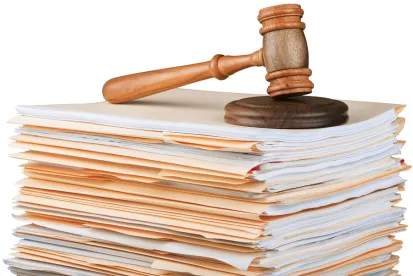Reinsurance programs are often complex and the calculation of reinsurance premiums can be confusing. Periodically, a reinsured will review its reinsurance premium transactions to make sure that it has not been overpaying for its reinsurance protection. Where a third-party premium audit company is used for that review, compensation is usually based upon a percentage of the savings found on the reinsurance premiums. In a recent case, a reinsured hired a third-party auditor who produced a report indicating a significant over-payment of reinsurance premium. Ultimately, the reinsured rejected the report and continued calculating the reinsurance premium based on the methodology used by its reinsurance intermediary. Suffice it to say that the audit company was less than pleased and, when the reinsured refused to pay the audit company, sued the intermediary for tortious interference with the contractual relationship between the audit company and the reinsured. As the discussion below indicates, the suit was unsuccessful.
In Boomerang Recoveries, LLC. v. Guy Carpenter & Company, LLC., No. 2557 EDA 2018, 2019 Pa. Super. Unpub. LEXIS 3642 (Pa. Super. Sep. 25, 2019), the trial court granted partial summary judgment in favor of the intermediary, excluded certain evidence from trial and, during trial, entered a nonsuit against the audit company dismissing the suit. The audit company appealed and the Superior Court affirmed.
In affirming, the appellate court noted that the evidence showed that the intermediary, when reviewing the audit report with the reinsured, simply presented a side-by-side comparison of the two methods and allowed the reinsured to decide which method to follow. The CEO of the reinsured testified that he formed his own opinion and made his own decision to disregard the method used by the audit company. These facts, among others, led the appellate court to affirm.
The legal issue was whether the audit company made out a case for tortious interference with the auditor’s contractual relationship with the reinsured. The court examined the elements of the tortious interference cause of action under Pennsylvania law. The court noted that the audit company met the first prong of the test; the existence of a contractual relationship, but failed to meet the second and third prongs. Those required an intent on the part of the intermediary to harm the audit company by interfering with the contractual relationship and the absence of privilege or justification on the part of the intermediary.
The appellate court found that the trial court did not abuse its discretion or commit an error of law in its evidentiary rulings or by granting the various motions. The audit company argued that its method of calculating the reinsurance premium was more accurate and better, but the court, agreeing with the trial court, held that whether the method was better or more accurate was not a fact of consequence in a tortious interference action. The court ruled that the evidence supported the trial court’s conclusion that the audit company had failed to present sufficient evidence to establish tortious interference, because it failed to demonstrate that the intermediary acted improperly and with the intent to harm the audit company’s contractual relationship with the reinsured. The appellate court pointed out that the trial court found that the audit company had not provided the jury with one witness, email or document that remotely, inferentially, or circumstantially showed that the intermediary had a specific intent to harm the audit company. Moreover, the trial court held that the audit company had not identified one lie or misleading statement made by the intermediary to the reinsured. These facts led to the affirmance upholding the nonsuit.




 />i
/>i
